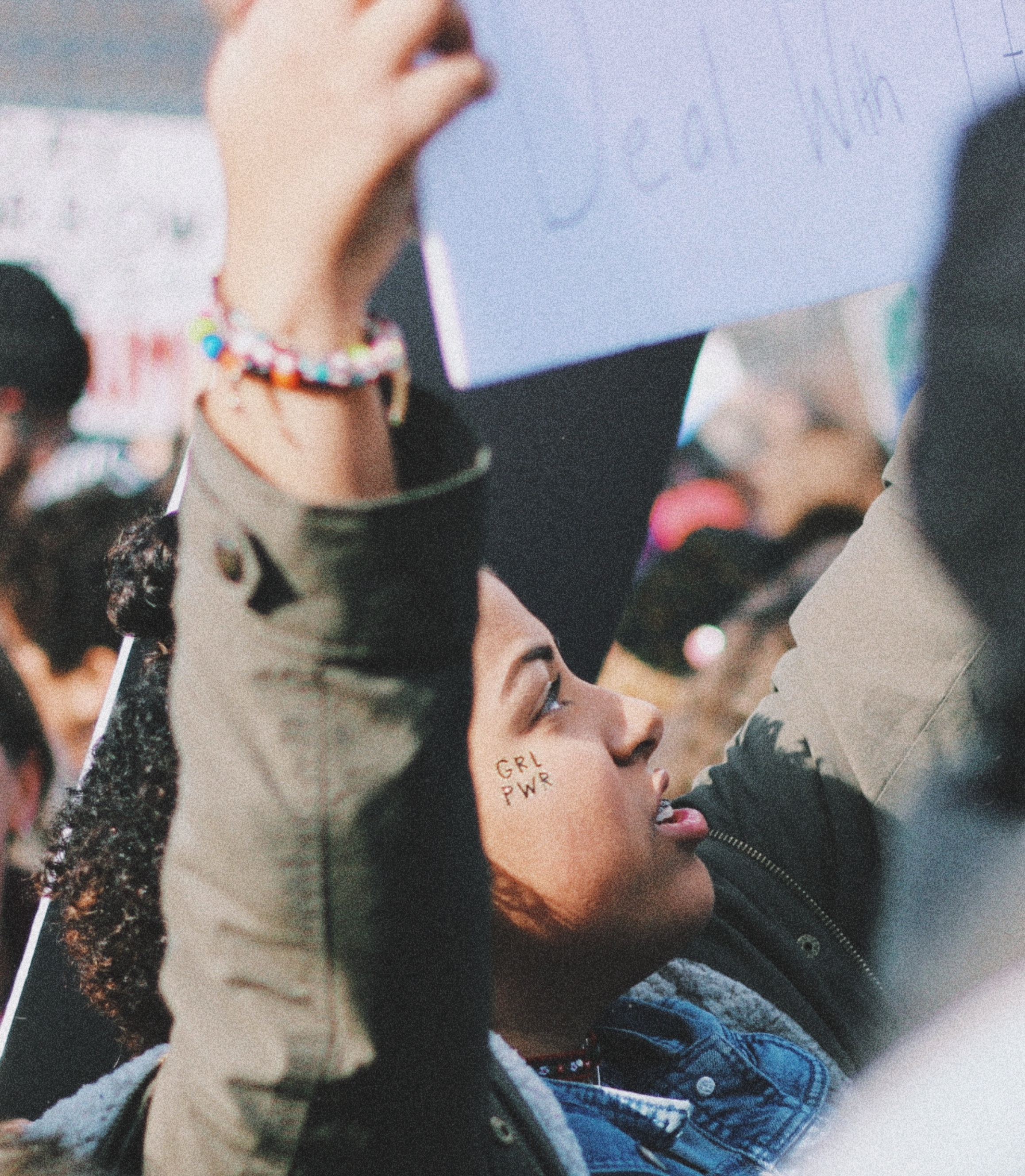
My Links
Welcome to my mini insta website! ❤🌟
Check out the posts and resources I have available for you. Don't be afraid to reach out and give suggestions or just send your love and support! It will surely be returned.

Check out the posts and resources I have available for you. Don't be afraid to reach out and give suggestions or just send your love and support! It will surely be returned.


Find out what GBV is about and it's causes and effects on the victim, perpetrator and society on a whole.
We often hear the term (abbreviated GBV) but do we all really know what it is and how it affects us all?

The principal characteristic of gender-based violence is that it occurs against women precisely because of their gender. Gender-based violence involves power imbalances where, most often, men are the perpetrators and women the victims.
It is estimated that one in three women will experience sexual or physical violence in their lifetime.
- Child marriage and/or forced marriage
- Female genital mutilation
- Honour killings
- Trafficking for sex or slavery
- Intimate partner violence
- Physical punishment
- Sexual, emotional or psychological violence
- Denial of Essentials (such as education, food, freedom)
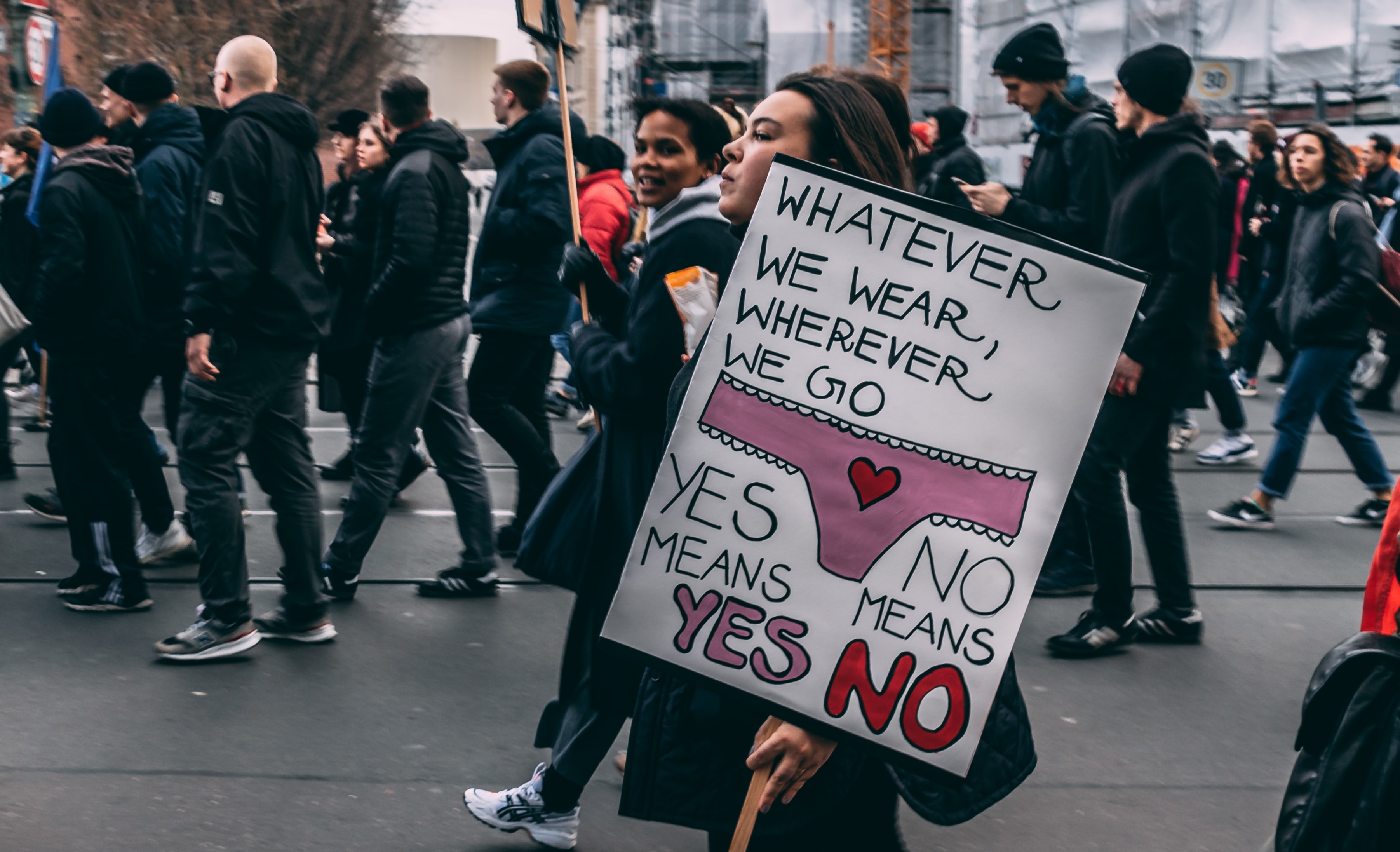
There are a number of factors that society uses to try to justify or explain acts of violence.
These include social and cultural gender norms where men are expected to be aggressive, powerful, unemotional and controlling, and to contribute to a social acceptance of men as dominant.
Women are expected to be passive, nurturing, submissive and emotional and to reinforce women's roles as weak, powerless and dependent upon men.
Other factors used to justify violence includes claims of mental illness, poverty and intoxication and substance abuse. The idea that it's a natural part of relations and natural expression of male sexual urges are also involved.
Such views lead to a perception that gender-based violence is rare or exceptional, and/or that it is caused by factors outside of men’s control. They place an onus on women to ensure that they minimize the chances of their behaviour instigating violence.

There's an interplay of personal, situational, and sociocultural factors that combine to cause gender-based violence.
Societal Factors include:
• Norms granting men control over women
• Acceptance of violence as a way to resolve conflict
• The notion of masculinity linked to dominance, honour and aggression
• Rigid gender roles
Community Factors involve:
• Poverty, low socio-economic status, unemployment
• Associating with peers who condone violence
• Isolation of women and family
Factors from Relationships include:
• Marital conflict
• Male control of wealth and decision-making in the family
Factors of Individual Perpetrator are:
• Witnessing marital violence as a child
• Absent or rejecting father
• Being abused as a child
• Alcohol or drug abuse
Violence against women results from the interaction of factors at different levels of the social environment. No one factor solely “causes” violence but rather several factors combined raises the likelihood that a particular man in a particular setting may act violently towards a woman.
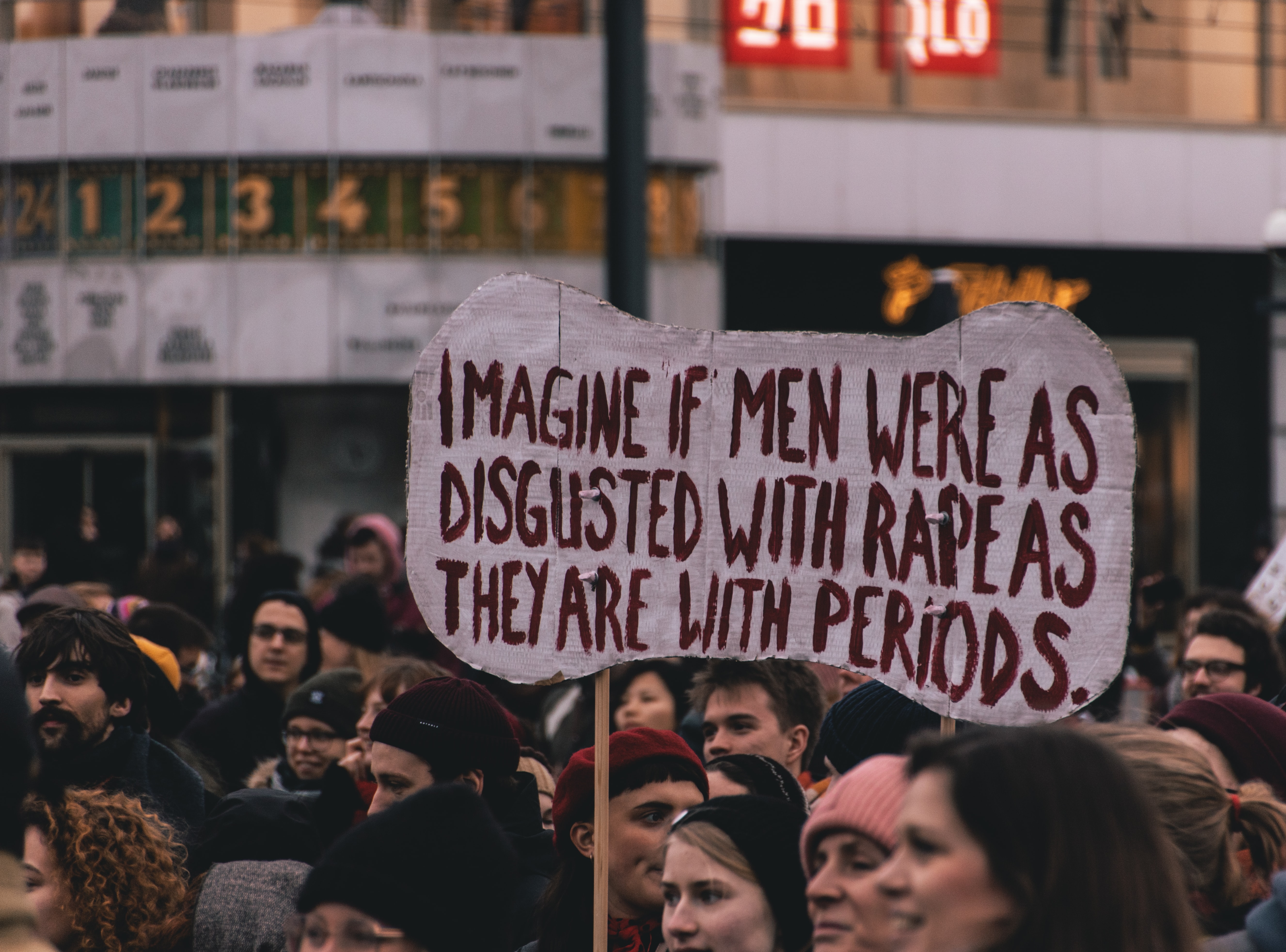
The effects of violence on women vary widely. It depends on the nature of the particular incident, the context in which it took place and the woman's relationship with her abuser.
Gender-based violence typically has physical, psychological, and social effects. For the survivors, these are interconnected.
Physical: injury, disability, chronic health problems (hypertension, etc.), sexual and reproductive health problems (STDs, HIV/AIDS, high-risk pregnancies, etc.) and death
Psychological:
Direct - anxiety, fear, mistrust of others, inability to concentrate, loneliness, post-traumatic stress disorder, depression, suicide, etc.
Indirect - psychosomatic illnesses, withdrawal, alcohol or drug use.
• Rejection, ostracism and social stigma at the community level
• Reduced ability to participate in social and economic activities
• Acute fear of future violence, which extends beyond the individual survivors to other members of the community
• Damage to women’s confidence resulting in fear of venturing into public spaces (this can often curtail women’s education, which in turn can limit their income-generating opportunities)
• Increased vulnerability to other types of gender-based violence
• Job loss due to absenteeism as a result of violence
• Negative impact on women’s income-generating power
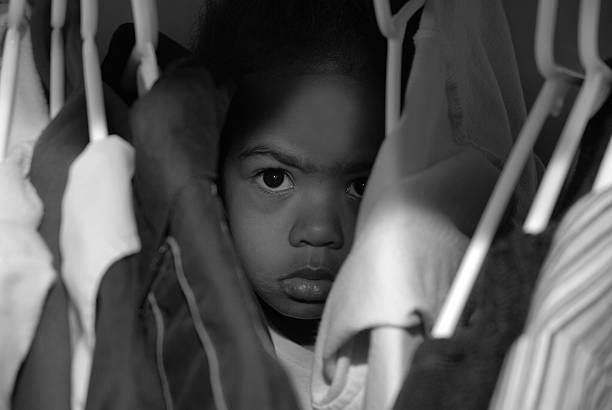
Direct effects:
• Divorce, or broken families
• Jeopardized family’s economic and emotional development
• Babies born with health disorders as a result of violence experienced by the mother during pregnancy (i.e. premature birth or low birth weight)
• Increased likelihood of violence against children growing up in households where there is domestic violence
• Collateral effects on children who witness violence at home (emotional and behavioural disturbances, e.g. withdrawal, low self-esteem, nightmares, self-blame, aggression against peers, family members, and property; increased risk of growing up to be either a perpetrator or a victim of violence)
Indirect effects:
• The compromised ability of the survivor to care for her children (e.g. child malnutrition and neglect due to the constraining effect of violence on women’s livelihood strategies and their bargaining position in marriage)
• Ambivalent or negative attitudes of a rape survivor towards the resulting child.
• Sanctioning by the community, facing arrest and imprisonment
• Legal restrictions on seeing their families, divorce, or the break up of their families
• A feeling of alienation from their families
• Minimizing the significance of violence for which they are responsible
• Deflecting the responsibility for violence onto their partner and failure to associate it with their relationship
• Increased tension in the home
• A burden on health and judicial systems
• Hindrance to economic stability and growth through women’s lost productivity
• Hindrance to women’s participation in the development processes and lessening of their contribution to social and economic development
• The constrained ability of women to respond to rapid social, political, or economic change.
• Breakdown of trust in social relationships
• Weakened support networks on which people’s survival strategies depend.
• Strained and fragmented networks that are of vital importance in strengthening the capabilities of communities in times of stress and upheaval
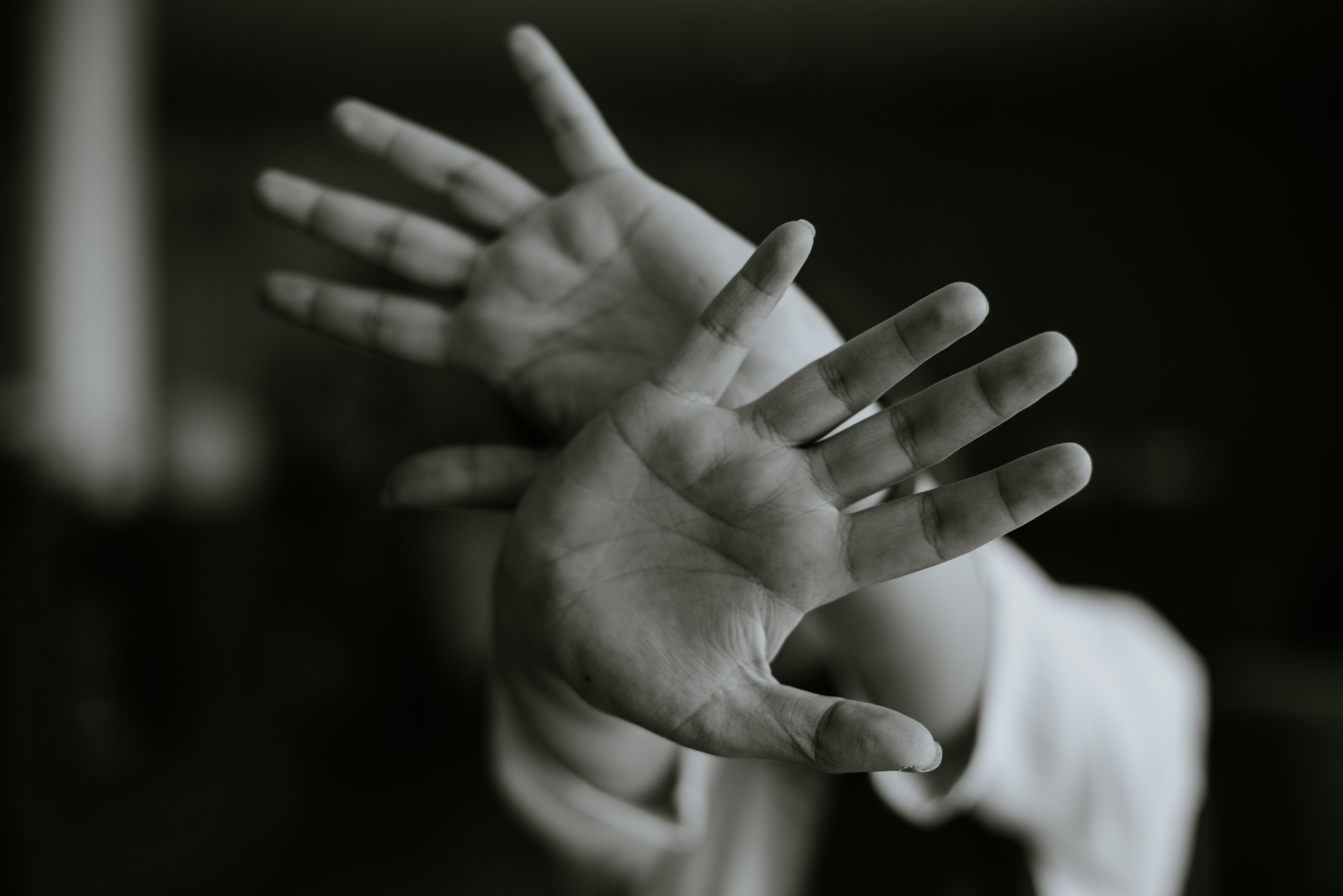
These are the things that society can do/implement/offer in order to help victims, perpetrators and those with a high likelihood of becoming either:
• Health care services
• Victim assistance services
• Working with perpetrators
• Exploring masculinities
• Media information and awareness campaign
• Education
• Legal Responses
• Community Interventions
• Faith-based programs
• International conferences and conventions

The preceding information is not that of mine, but rather a combination from various trusted sources which are listed below. Words may have been changed for better comprehension of readers but the message still stands.
